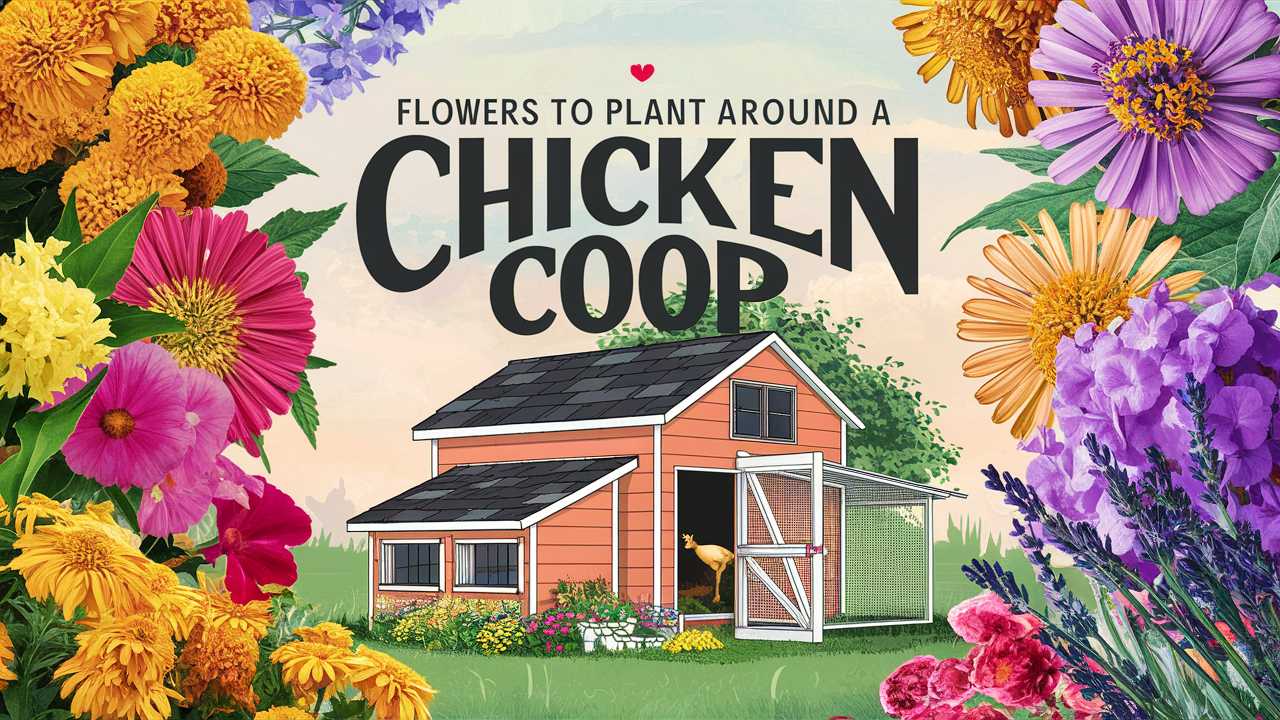Creating a flourishing environment around your chicken coop not only enhances its aesthetics but also benefits your feathered friends. The right plants can provide natural pest control, forage for your chickens, and even contribute to their overall health. Let’s explore some beautiful and beneficial flowers you can grow around your chicken coop.
Bee Balm
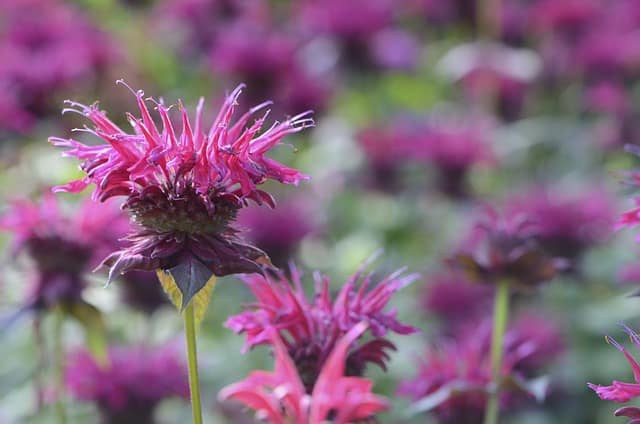
Bee Balm, or Monarda, is a vibrant flower that not only adds visual appeal but also attracts pollinators like bees and butterflies to your garden. It has a minty scent, which chickens generally find appealing, and its leaves can be a tasty treat for them. This perennial flower blooms in various colors, including red, purple, and white, and thrives in full sun to partial shade. Bee Balm’s aromatic properties can help repel certain garden pests, creating a friendlier environment for both your plants and chickens.
Moreover, Bee Balm is known for its medicinal properties. Its leaves can be brewed into a herbal tea that can support the health of both humans and chickens, offering potential digestive benefits. Planting Bee Balm around your coop creates not only a dazzling display but also a multifunctional garden area.
Begonia
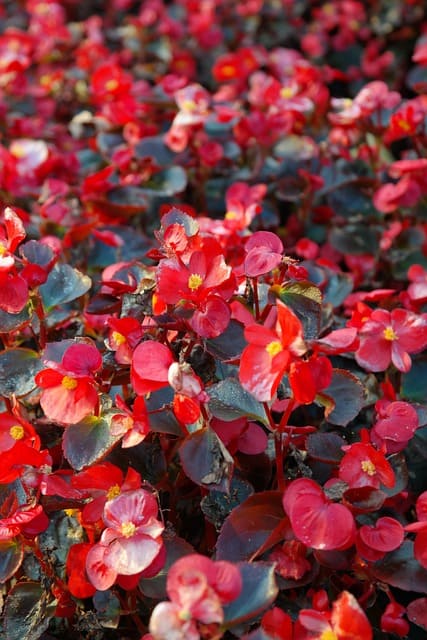
Begonias are a fantastic option for those seeking to add color around their chicken coop. Their thick, succulent leaves and bright flowers, which bloom in shades of pink, red, and white, thrive in shaded areas, making them perfect for the coop’s cooler sides. While chickens typically don’t forage on begonias, their vibrant blooms can create an inviting environment.
From a practical perspective, Begonias are relatively low maintenance, requiring minimal watering and care. They also deter some pests, such as aphids and spider mites, thanks to their waxy leaves. Thus, begonias contribute to a harmonious gardening ecosystem by keeping unwanted insects at bay.
Black-Eyed Susan
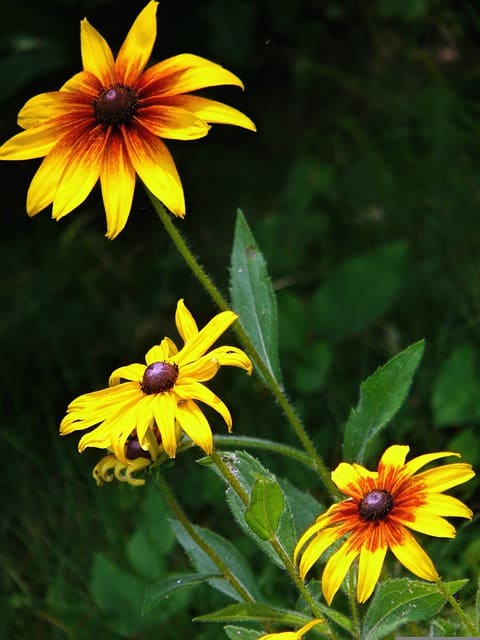
One of the most recognizable wildflowers, Black-Eyed Susans (Rudbeckia hirta) are as resilient as they are cheerful. Their bright yellow petals and black centers make them a fantastic addition to any garden. This flower thrives in sunny spots and poor soil, making it an easy-to-care-for choice for busy chicken keepers.
Beyond their beauty, Black-Eyed Susans are excellent pollinator plants, attracting bees and butterflies. They are also known for their medicinal properties, traditionally used to treat various ailments. Additionally, the seeds of Black-Eyed Susans can be a delightful snack for your hens, adding some variety to their diet while promoting natural foraging behaviors.
Coreopsis
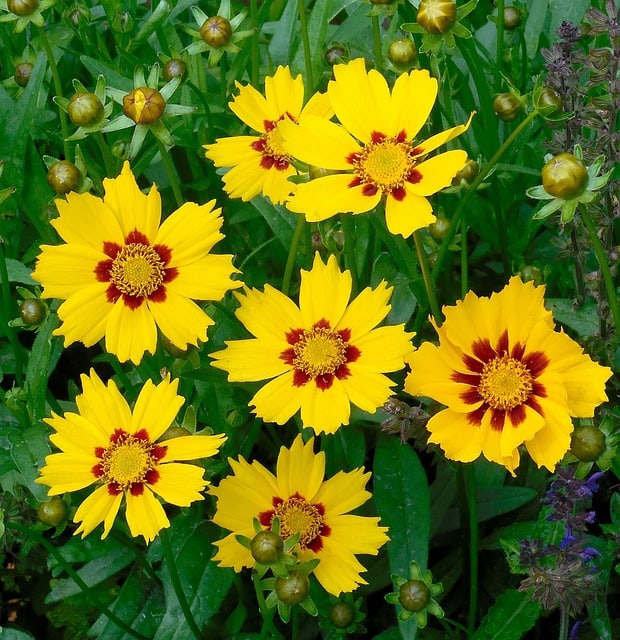
Coreopsis, commonly known as Tickseed, boasts an abundance of vibrant yellow flowers that brighten any garden space. These hardy perennials tolerate drought and poor soil, making them ideal for the area surrounding your chicken coop. Coreopsis blooms throughout summer, providing a continuous source of color and attracting beneficial insects.
From a chicken’s perspective, Coreopsis can offer forage opportunities, as they will peck at the blooms and foliage. Additionally, their presence can attract ladybugs and predatory wasps, which help control pest populations in your yard. By planting Coreopsis, you’ll create a visually striking and ecologically friendly garden atmosphere.
Calendula
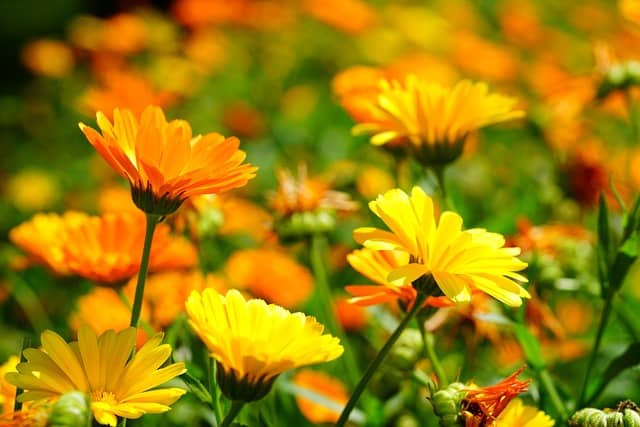
Calendula, or pot marigold, is renowned for its vibrant orange and yellow flowers that exude beauty and fragrance. This annual flower is not only a feast for the eyes but also an excellent wellness plant for both chickens and humans. The flowers are edible and can be sprinkled liberally in chicken feed or added to salads, providing a boost of vitamins.
Calendula is known for its anti-inflammatory and antiseptic properties, making it a natural remedy for minor injuries that can occur in coops. By surrounding your chicken coop with Calendula, you enhance the garden’s beauty while ensuring your chickens have access to various beneficial nutrients and healing properties.
Daisy
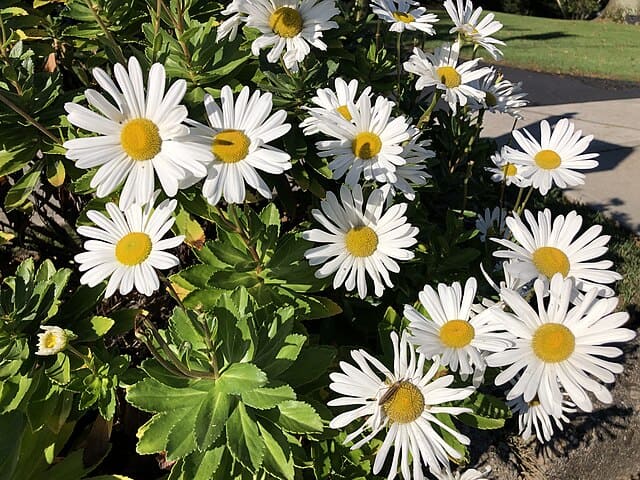
Daisies embody the essence of simplicity and charm, with their recognizable white petals and sunny yellow centers. These lovely flowers are perfect for the edges of your chicken coop, as they attract butterflies and other beneficial pollinators. Daisies thrive in full sun and well-drained soil, making them resilient companions for your feathered flock.
Chickens enjoy pecking at the leaves and stems of daisy plants. In addition to their aesthetic value, daisies hold potential health benefits for chickens, as they are believed to have anti-inflammatory and antibiotic properties. Planting daisies offers a dual benefit: beautifying your space and providing nutritious snacks for your chickens.
Dandelion
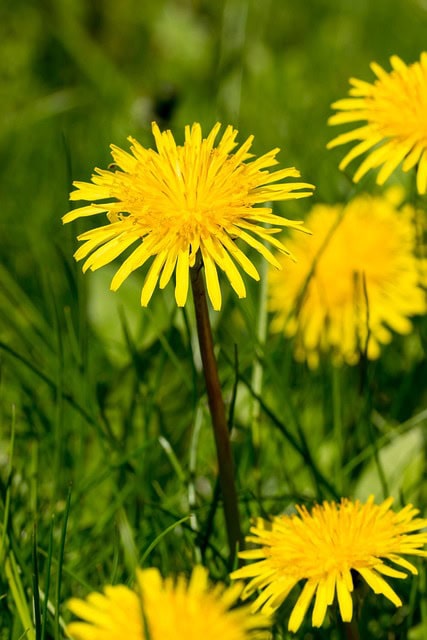
Love them or hate them, dandelions are a sustainable power plant that should be embraced around your chicken coop. With their bright yellow blooms, dandelions are often viewed as pesky weeds, but they are packed with nutrients and beneficial properties. Both the leaves and flowers of dandelions are edible and provide excellent forage for chickens, rich in vitamins A, C, and K.
Dandelions thrive in various conditions, making them an easy and resilient addition to your coop area. They attract pollinators, support soil health, and contribute to biodiversity. By fostering an environment where dandelions prosper, you allow your chickens to thrive naturally.
Day Lily
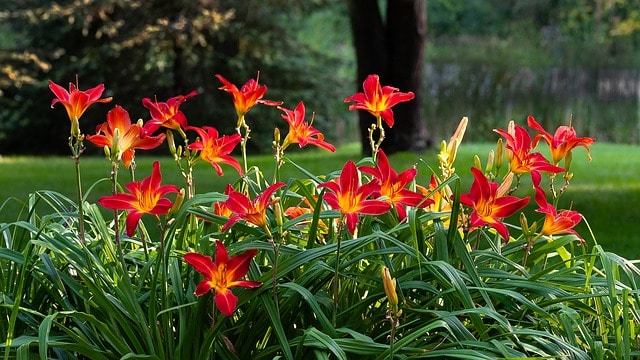
Day Lilies (Hemerocallis) are stunning perennial flowers that brighten up any garden with their array of colors. Day Lilies are hardy and easy to grow, thriving in various soil conditions and climates, making them a perfect addition around a chicken coop. Their blossoms bloom for only a day, which adds a sense of daily change and beauty to your garden.
Notably, Day Lilies are also edible; both the buds and the blossoms can be parts of your chickens’ diet. Offering these flowers can encourage natural pecking and browsing behavior, keeping your chickens entertained and satisfied. They create a delightful environment, enhancing the aesthetic and functional value of the space around your coop.
Echinacea (Coneflower)
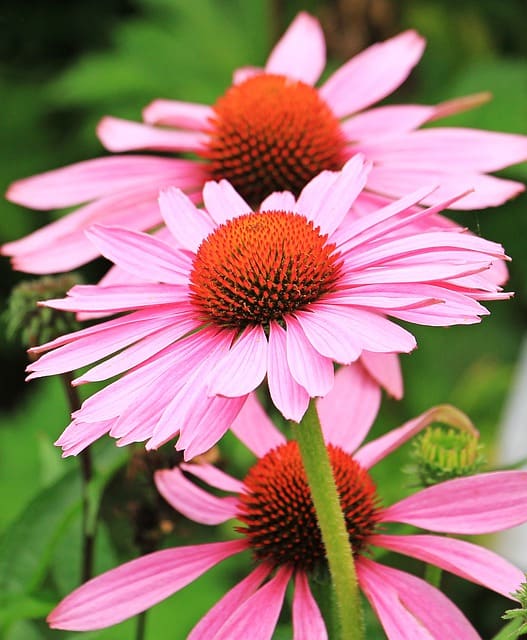
Echinacea, or Coneflower, is a vibrant perennial that adds both beauty and functionality to your chicken coop’s garden. With its striking purple or white petals and cone-like center, Echinacea is known for attracting bees and butterflies while resisting drought conditions. This hardy flower will thrive in a variety of soil types, making it suitable for various environments.
From a health perspective, Echinacea is known to boost the immune system, benefiting not just humans but chickens as well. Incorporating Echinacea into your flocks’ diet—either fresh or dried—can enhance their overall health, making it a fantastic companion plant around your coop. Additionally, the seeds produced by Echinacea can serve as a nutritious snack for your hens.
Impatiens

Offering a splash of colorful blooms in shady areas, impatiens are forgiving annuals that thrive in partial to full shade. Their delightful flowers come in various colors, including red, pink, white, and purple. These lovely plants can add zest and vibrancy around your chicken coop, making the space more inviting.
While impatiens are not particularly attractive to chickens, their lush foliage provides a serene backdrop for your coop. Furthermore, their ability to deter pests such as aphids and whiteflies can create a more pleasant habitat for your birds. Impatiens illustrate that beauty can coexist with practicality in the garden.
Marigold

Marigolds are classic garden staples, easily recognized by their bright hues of orange and yellow. These flowers not only bring warmth and cheer to your chicken coop area but also serve practical purposes. Marigolds are known for their pest-repelling properties, particularly effective against aphids, nematodes, and various garden insects.
Chickens will sometimes nibble on marigold flowers, benefiting from the antioxidants and nutrients they provide. Additionally, marigolds are often used in herbal remedies and natural dyes. With their multifaceted advantages, planting marigolds around your coop proves both beneficial and beautiful.
Nasturtium
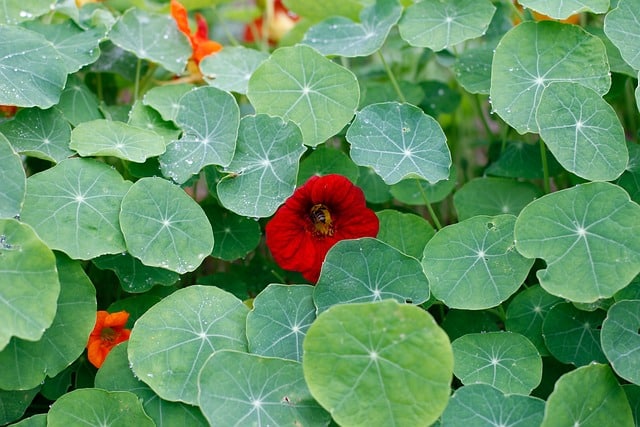
Nasturtium is another flower you should consider for your chicken coop. These bright and cheerful plants produce edible flowers and leaves, making them a popular choice in edible gardens. Their peppery flavor can entice your chickens, providing them with nutritious snacks rich in vitamins.
Nasturtiums are also known for their pest-repelling capabilities, particularly deterring aphids and squash bugs, which can invade your chicken area. These flowers thrive in various sunlight conditions and can quickly spread, providing cover and beauty to your garden. Consider planting nasturtiums as ground cover to create a lush and appealing setting for your coop.
Petunia

Petunias are well-loved for their vibrant colors and sweet fragrance, making them a delightful addition to your garden around the chicken coop. With flowers that bloom in every color imaginable, petunias add a lively touch to the space. They are relatively easy to maintain, thriving in sunny areas with well-drained soil.
While chickens are unlikely to forage on petunias, their presence contributes positively by attracting beneficial insects, such as bees. Petunias can also act as a natural pest deterrent, ensuring a healthier environment for both your chickens and plants. By incorporating petunias into your landscape, you can cultivate visual beauty while enhancing some ecological functionality.
Sunflower
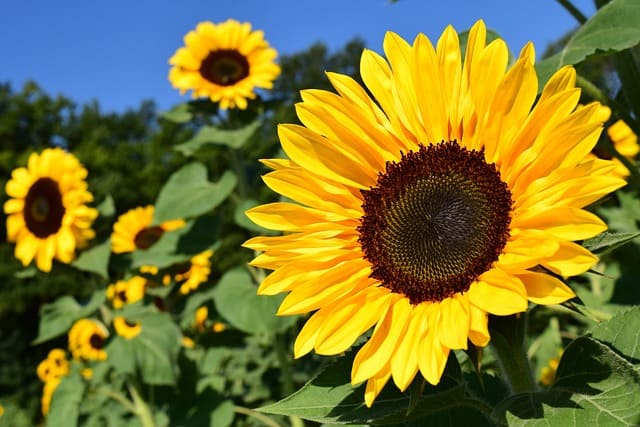
Sunflowers are iconic, towering beauties that provide an impressive backdrop to your chicken coop. With their bright yellow petals and large seeds, sunflowers not only add to the aesthetic appeal but serve practical purposes too. The towering blooms create shade for your chickens on hot days, while their seeds can serve as a delightful treat.
Chickens love pecking at sunflowers, and the seeds are a healthy addition to their diet. Moreover, sunflowers attract pollinators and beneficial insects, creating a flourishing ecosystem around your coop. Planting sunflowers will add height and drama to your garden while ensuring your chickens enjoy the many benefits these stunning flowers offer.
Thistle
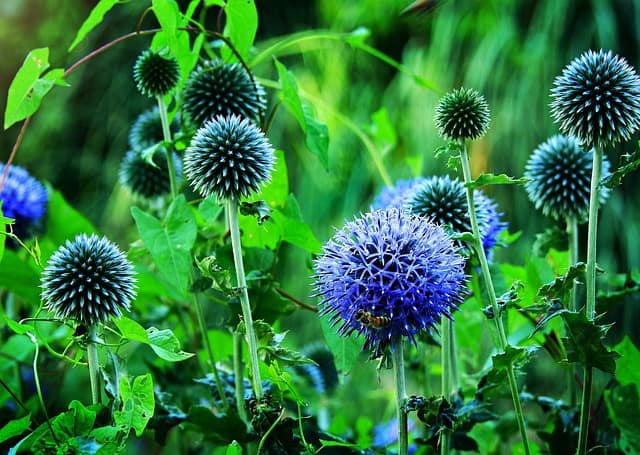
Often regarded as a pesky weed, thistle (Cirsium) also has its merits when planted around your chicken coop. These spiky flowers can provide habitat for beneficial insects while serving as natural cover for smaller animals, contributing to the overall biodiversity of your garden. Despite their prickly nature, chickens are known to nibble on both the flowers and leaves, making them a surprising yet attractive forage option.
Thistles thrive in many conditions, making them resilient in your garden. By welcoming thistles into your space, you’re incorporating a hardy and distinctive plant that can engage your flock while enhancing the ecology around your coop.
Nettle
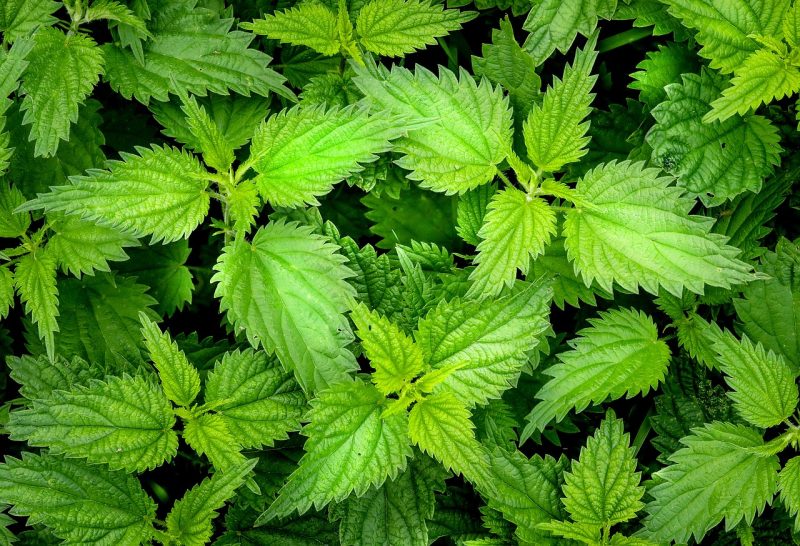
Nettle (Urtica dioica) is often overlooked due to its stinging properties, but it offers significant benefits for both soil health and chicken nutrition. Nettles are nutrient-rich plants, high in vitamins A, C, and K, and offer a powerhouse of minerals. When cooked or dried, nettles lose their sting, making them safe and nutritious for chickens.
Moreover, nettles are known to promote soil health by attracting beneficial microorganisms, thus enhancing the growth of other plants nearby. By including nettles around your chicken coop, you provide a lush, nutritious forage option while improving the overall health of your garden’s ecosystem.
Violet
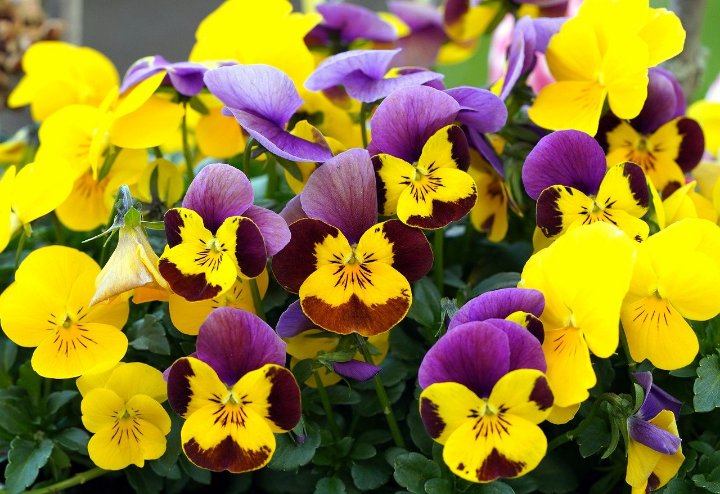
Violets (Viola) are charming little flowers that add a delicate touch to your chicken coop’s landscape. Their lovely purple and white colors can create a picturesque and inviting environment for your flock. Violets prefer shaded areas and moist soil, making them a great choice for those cooler spots near your coop.
Chickens enjoy foraging for violets, as both the flowers and leaves are edible and packed with nutrients. Violets can also help attract beneficial insects and pollinators, enhancing the ecosystem around your coop. By planting violets, you create a natural and delightful habitat while enriching your chickens’ diets.
Zinnia
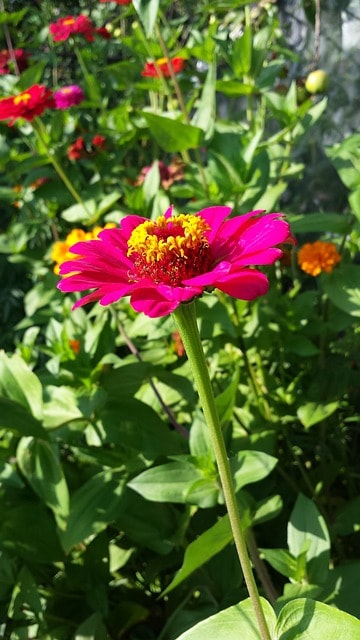
Zinnias are known for their vibrant colors and long-lasting blooms, making them fantastic companions around your chicken coop. With an array of shades, including red, yellow, pink, and orange, zinnias can add a burst of color to your garden. They thrive in full sun and well-drained soil and are tolerant of drought, making them easy to care for.
Chickens will enjoy pecking at zinnias, which can provide them with essential nutrients. Additionally, zinnias attract pollinators, including butterflies and bees, creating a lively habitat that supports a healthy ecosystem. By planting zinnias around your coop, you bring forth not just beauty but also valuable benefits to your chickens and the environment.


